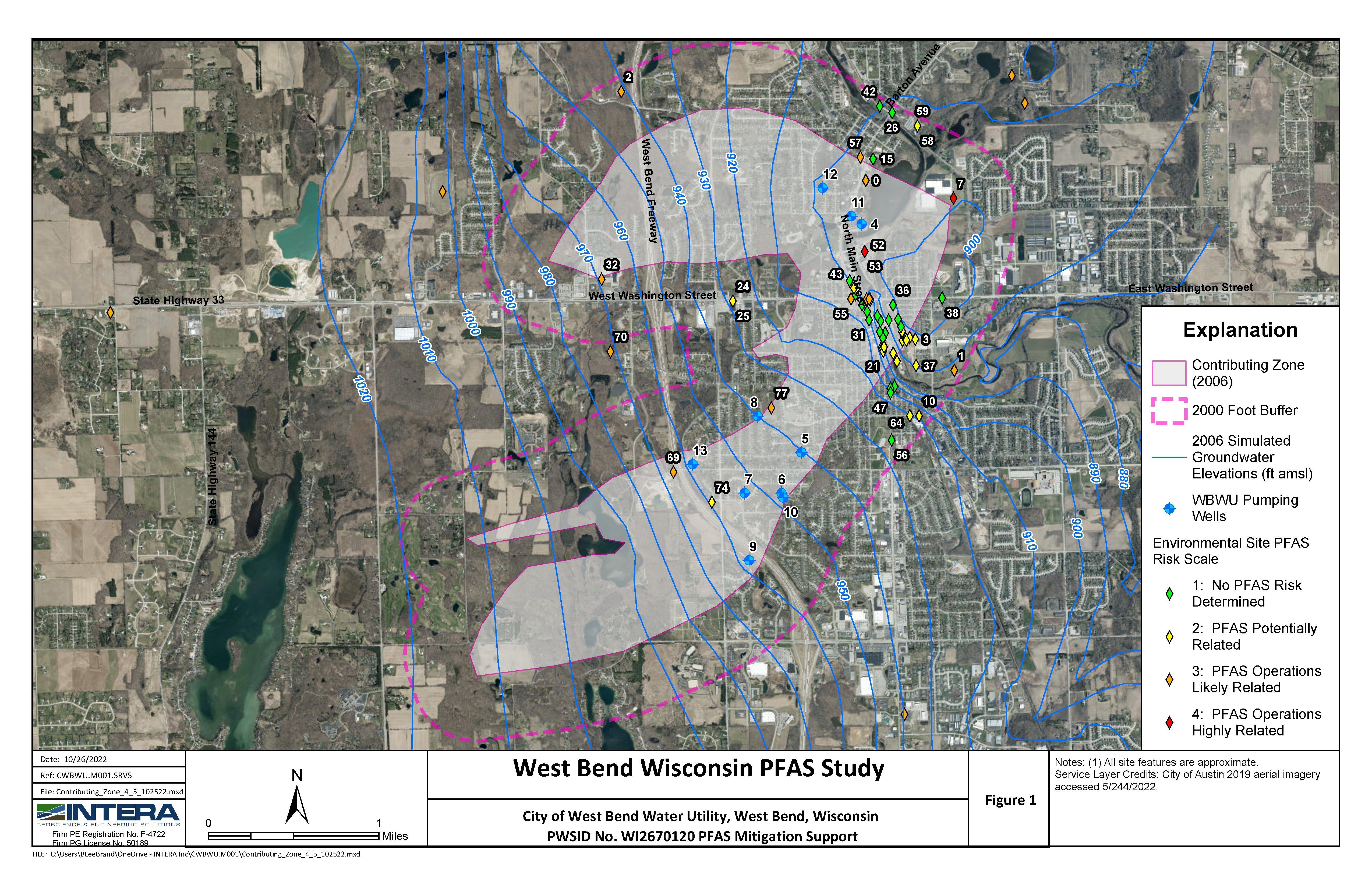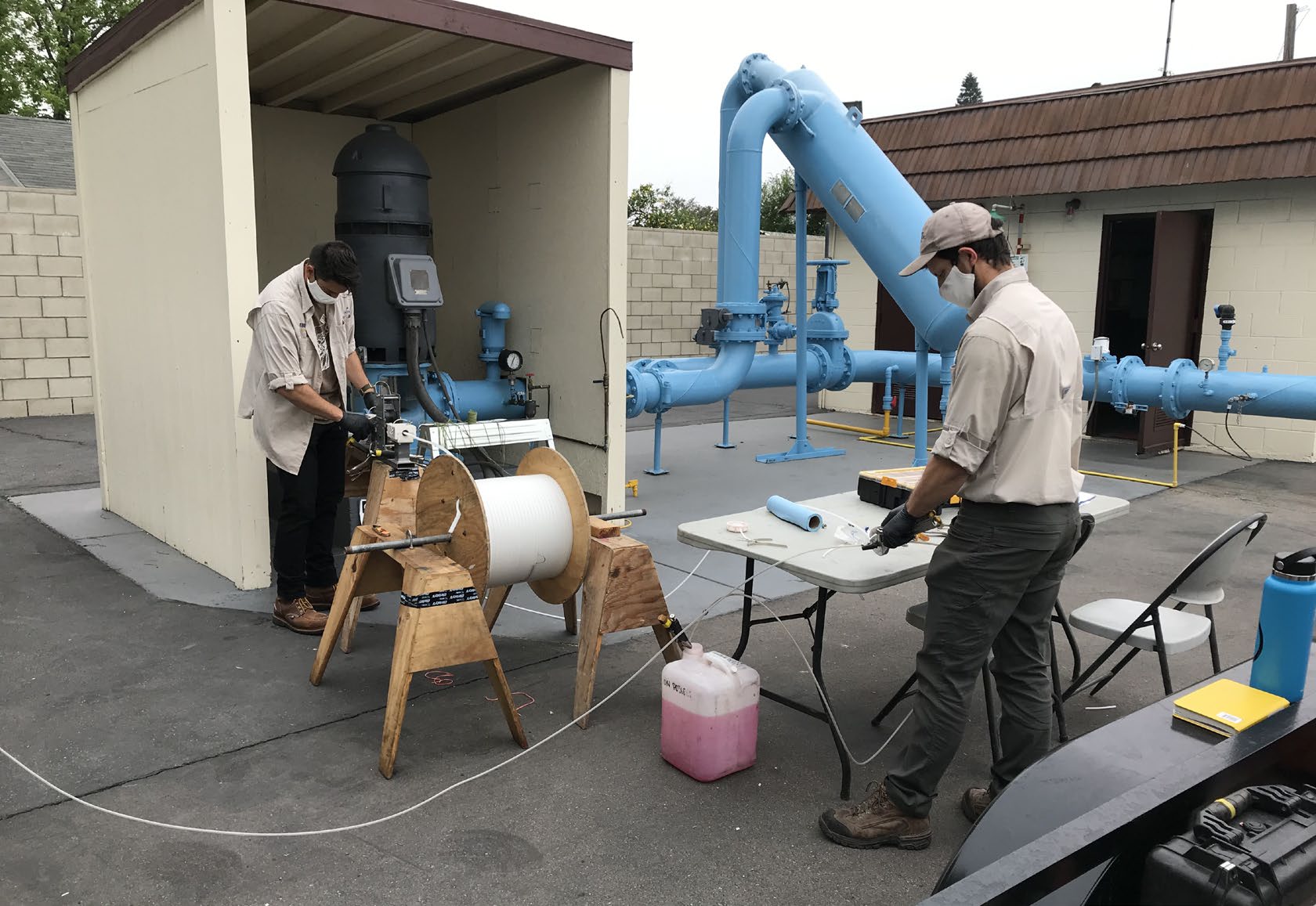
Challenge. Evaluate several reaches of the Gila River to determine correlation between river discharge and riparian vegetation robustness
Solution. INTERA evaluated changes in riparian vegetation health along the Gila River between the years of 2005 and 2013 using a combination of hydrologic analysis, field work, aerial image analysis, and remote sensing. Existing streamflow and diversion data were analyzed to estimate flow for several sections of the Gila River between 1984 and 2013. Aerial satellite images were obtained and analyzed using vegetation indices (NDVI) to determine vegetation health. INTERA developed a time series of stream flow and NDVI for locations with riparian vegetation along the Gila River. INTERA also investigated the statistical correlations between the flow and the NDVI values obtained within the study area. Analysis of vegetation health and river flow correlations indicates that, for most of the study reaches, riparian vegetation robustness increases with mean stream flow, and that the response happens over short time scales. However, some reaches exhibit a much more complicated system that encompasses interactions between diversion locations, surface water, shallow groundwater, and locations of irrigated fields. Evaluation of spatial variability of NDVI revealed that in general, riparian vegetation located adjacent to irrigated fields benefits from return flows from the applied irrigation water. The final results of this study, presented by INTERA at a community meeting, are assisting the New Mexico Interstate Stream Commission in evaluating ecological impacts of several Arizona Water Settlement Act projects.




